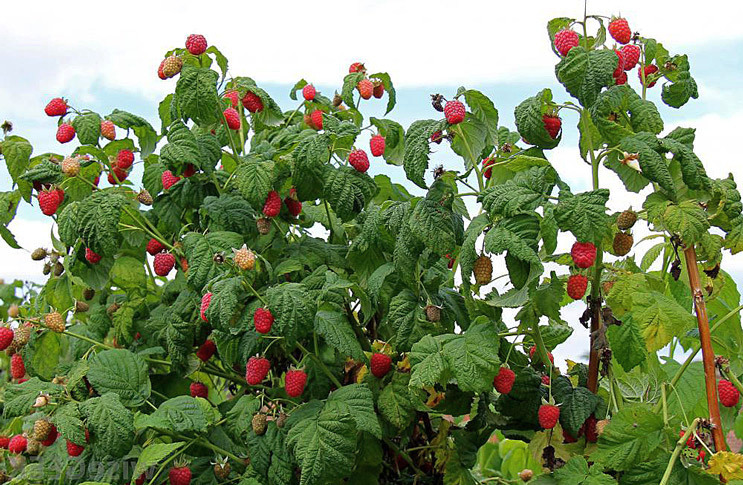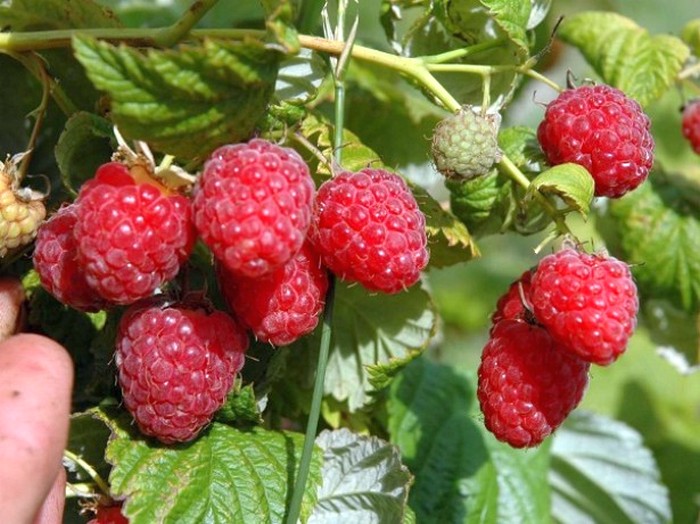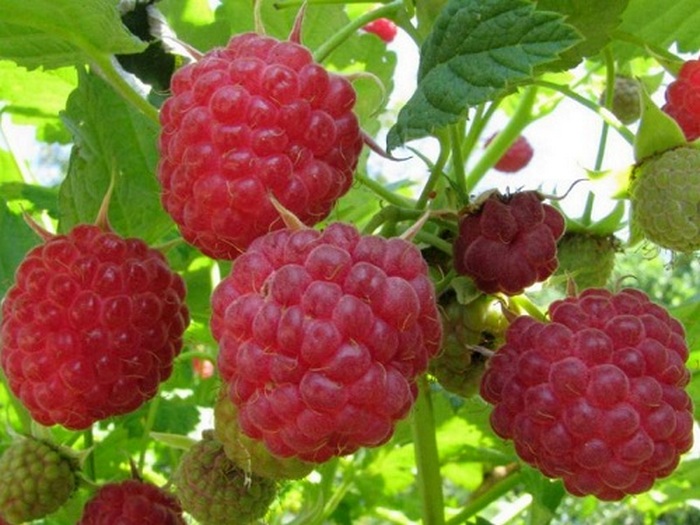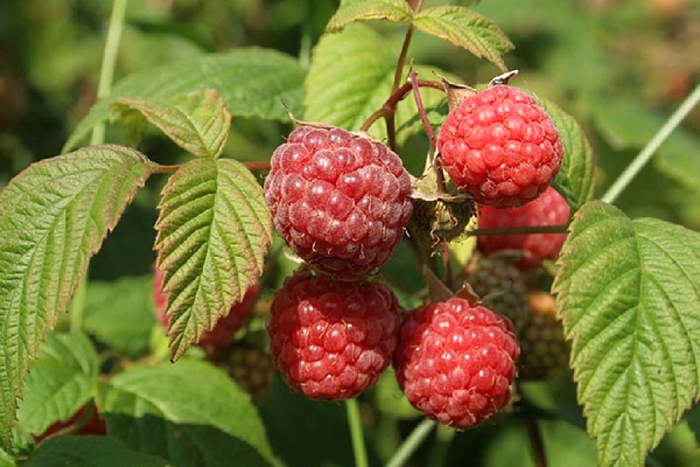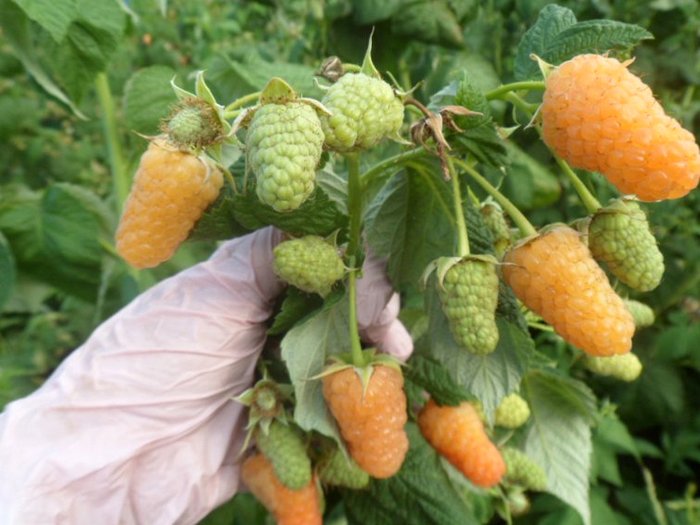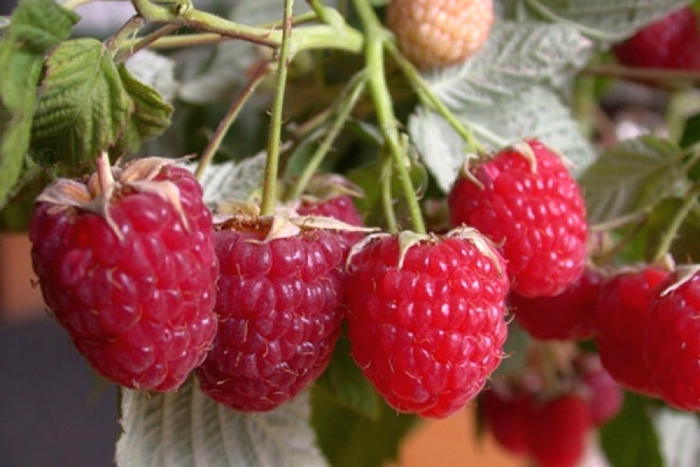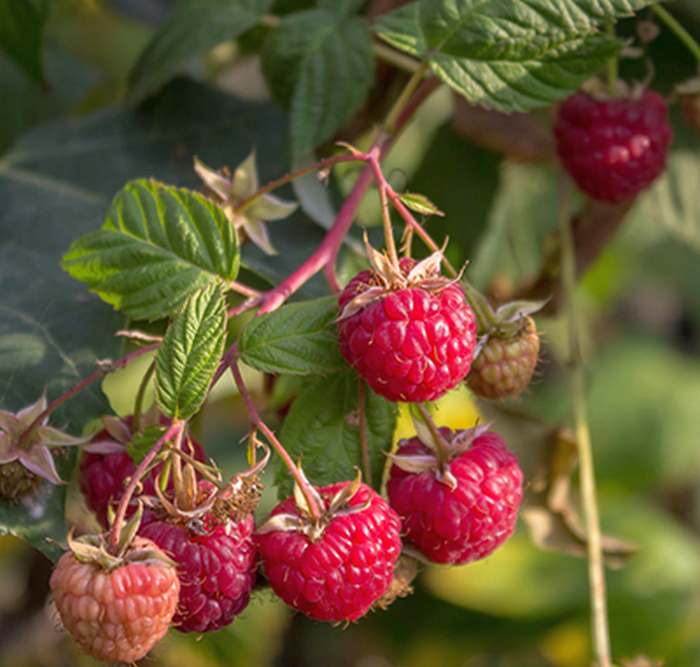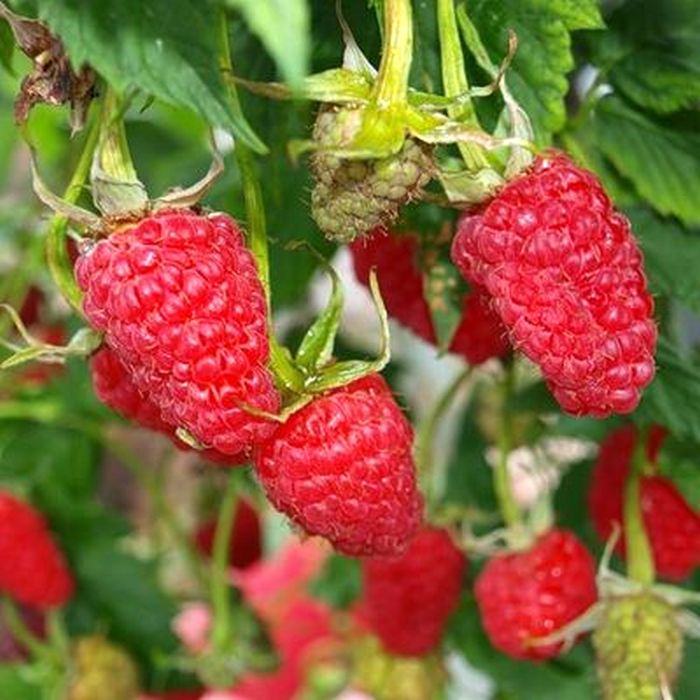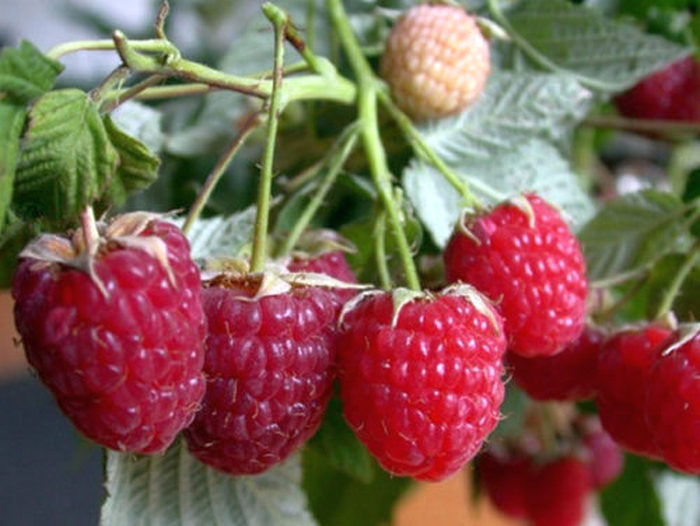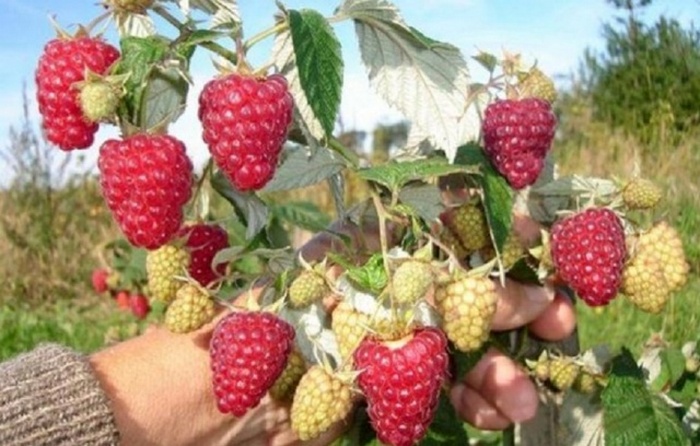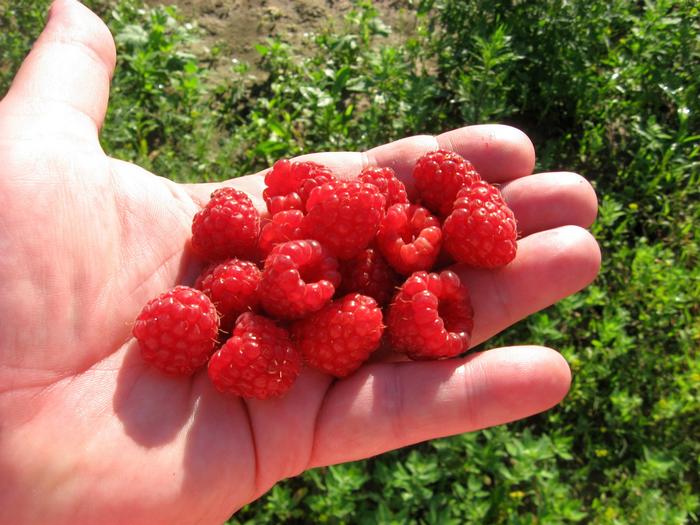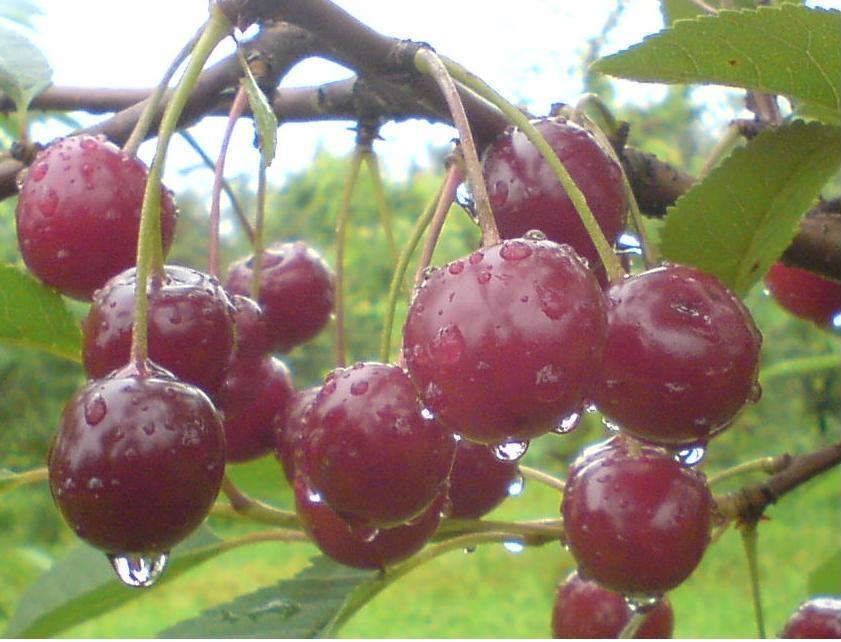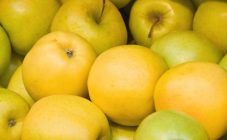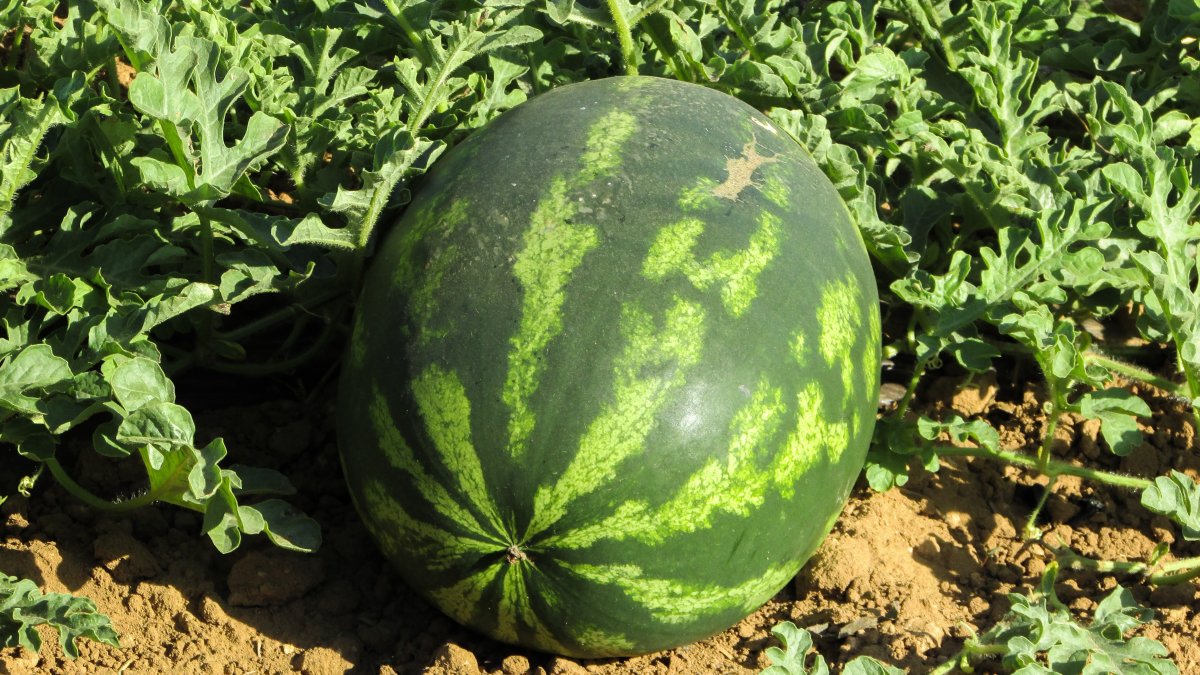Content:
Over the millennia of the existence of culture, many types of domesticated raspberries have accumulated. It is difficult to find a garden plot on which a berry plant would not be grown. This culture by nature has a weak frost resistance. But, thanks to the efforts of breeders, residents of cold regions have the opportunity to feast on ripe aromatic berries.
Varieties for Central Russia
The name of the Middle Belt means several regions: Central, Chernozem, Povolzhsky, North Caucasian. They are characterized by a significant duration of the frost-free period (170 days on average).
There is a lot of precipitation - for example, in the Moscow region the annual amount is about 660 mm. This contributes to the cultivation of even the most capricious crops. But in the Lower Volga region there is less precipitation, and the summer is hotter. It is better to choose drought-resistant varieties here, or use the principle of regular irrigation.
Despite the fact that this region belongs to the zone of ancient horticulture, it is better to grow zoned specimens here. Among the variety of species for this strip, varieties are used:
- large-fruited (Patricia, Arbat, Maroseyka, Yellow Giant), popular both in private gardening and in industrial cultivation due to stable high yields;
- traditional ordinary ones (Meteor, Lazarevskaya, Zhuravlik), despite the small berries, attract with their taste, ability to adapt to the local climate and unpretentious care;
- standard trees (Tarusa, Monomakh's Hat, Glen Ample, Octavia) - a new direction in berry breeding; they are characterized by a thick trunk and powerful branches that can withstand abundant harvests and do not bend under the weight of snow;
- remontant culture (Orange miracle, Firebird, Bryansk miracle, Diamond) is valued for its ability to give fruits twice, while by the second harvest the berry does not lose either its size or taste.
The best raspberry varieties for Central Russia have an extensive list. Only the most popular ones are listed here, which gardeners have appreciated for many indicators. But the varieties most often found in the dacha plots of Russians are Gusar, Brigantina, Peresvet.
Hussar
For the Middle Strip, the Gusar raspberry variety is considered the standard of productivity and taste, therefore it is so revered by gardeners. The large fruits are characterized by a rich raspberry aroma and a pleasant sweet taste. Strong, high (up to 2.5 m) stems can easily do without a trellis. Taking care of the plant and picking berries is pleasant, since the shoots are not very spiny. This variety withstands drought well, thanks to the waxy bloom on the branches and leaves.
Brigantine
Among the famous varieties, Brigantina can be called a "pensioner" - for many decades she has been decorating summer cottages. Despite the fact that the variety is zoned for the Middle lane, the seedlings can be safely ordered in the Urals and Western Siberia. This variety is so resistant to frost. Brigantine is tolerant to drought, as well as to fungal diseases, unpretentious in cultivation. The berry gives a sour-sweet, but juicy, with dense, marketable pulp.
Peresvet
Some gardeners call this variety common, others praise it for high yields (about 4 kg per bush) and a beautiful medium-sized berry (3.5 g). Starting from a delicate raspberry hue, to full maturity, the fruit becomes ruby-cherry, beautifully iridescent in the sun. The aroma of the berries is subtle, but the taste is highly appreciated - it has a sweet versatility with sour notes. The plant attracts with its frost resistance. In the middle zone of the country, shoots do not even bend to the ground. Peresvet tolerates droughts well and is unpretentious to soil fertility.
Yaroslavna
For those who like to diversify varietal material at their dacha, breeders offer this type of raspberry. Yaroslavna is a rare variety and is more adapted to the Krasnodar Territory, but the plant can be safely planted in Central Russia, not forgetting to remove the sprouted shoots for the winter. The standard bush has an average ripening period and a long second fruiting period. The maximum yield of yellow raspberries Yaroslavna (it is also known as Rosyanitsa and Yellow Brusvyana) provides 4 kg from one bush. The tasting qualities of the fruit deserve a five-point mark.
The best raspberry varieties for the Urals
Several climatic regions converged in this zone: the European Plain, the tundra and a little desert. Frost-freeness here can last up to 240 days, but cold-resistant varieties are planted only in the southern part of the region. A low percentage of precipitation (maximum 450 mm) makes the Urals a zone of irrigated berry growing, so it is preferable to choose drought-resistant varieties.
When choosing varieties, preference is given to plants with an early (Lel, Lyubitelskaya, Zorenka Altai) and medium (Velvet, High, Tourmaline) fruiting period. Moreover, ordinary traditional varieties are not entirely resistant to the Ural climate. But remontants are the most suitable option for this strip.
When choosing the names of raspberries, you should focus on those adapted to the region. Their roots do not freeze, and shoots do not dry out in winter. As for the yield indicators, they are high for the Ural remontants. Below is a brief description of the most popular varieties, adapted for the Urals, which are worth paying attention to.
Bell
The variety got its name for a reason - the berry, in fact, resembles a small bell in shape, weighing 3 g. The red fruit (but there is also a variety with yellow berries) is nothing more than soft smooth grains fused together, slightly fluffed with villi. Raspberries tolerate low temperatures well, are adapted to dry weather, are rarely affected by fungi. Pests bypass the plant, but not because of the taste (they are excellent), but because the protection of the bush from insects is in the genetics of the variety.
Zorenki Altai
This variety was bred a quarter of a century ago from wild Altai raspberries, which determines the plant's high winter hardiness. But, nevertheless, the shoots will have to be bent to the ground in order to be covered with snow. Zorenka is popular with gardeners due to the excellent tasting qualities of raspberry fruits. All berries have the same rounded shape, are quite dense, do not crumble during harvest and are good for transportation. On the shoots there are small, not prickly thorns, which do not interfere with harvesting at all. Only the stems, clearly strewn with fruits, need a garter on the trellis; replacement shoots can be left in free development.
Amateur Sverdlovsk
This is a fairly early remontant variety, which the gardeners of the Urals appreciated. The cone-shaped berries of a ruby hue grow together, filling the garden with a pleasant raspberry aroma.The unusual taste of juicy fruits, which are easy to pick on thornless bushes (thorns are quite soft), also attracts. The wax coating on the stems protects them from damage by many diseases. Raspberry Lyubitelskaya Sverdlovskaya is perfectly adapted to the Ural climate - it tolerates dry days well and is not afraid of local winters.
Biryulevskaya
It is worth paying special attention to this raspberry - it belongs to the types of rashbush (i.e. impetuous). Harvest from it can be obtained in the first year after planting seedlings in the ground. At the same time, the bush is simply hung with large, sweet berries (up to 100 fruits can be counted on one stem). Raspberry Biryulevskaya is not afraid of frosts - it is capable of producing at minus 5 degrees. In winter, it does not require shelter, it is enough just to cut off the shoots, leaving small stumps. But the stems can not be cut, but simply bent to the ground. This will allow you to enjoy the berries in early June next year.
The best raspberry varieties for the Northwest of Russia
The region where St. Petersburg is located is characterized as a "belt of berry crops", although the cultivation of raspberries here is limited and sometimes risky. Varieties that are not adapted to the conditions of the local climate hardly take root. The frost-free period in the region is not as long as in the Middle Lane, but the amount of precipitation reaches 780 mm per year, which is why the weather is damp on most days.
In this climate, varieties grown in Central Russia feel great. At the same time, you can safely plant both early (Vera, Solnyshko, Sputnitsa), mid-ripening (Shiny, Runaway, Modest), and late raspberries (Diamond, Coral, Eurasia). Below are the 3 most popular species in the region.
Credo
This raspberry is adapted to the Siberian climate, therefore it feels comfortable in the conditions of the North-West region. Low erect bushes give large fruit (up to 4.6 g) with high tasting properties. Dull conical, slightly pubescent berries of a rich raspberry hue are unusually beautiful and hang down appetizingly on their long stalks. One of the features of the variety is considered a short ripening period. The variety is very productive - with good agricultural technology, you can get up to 75 c / ha.
Meteor
This raspberry attracts with its unpretentiousness to growing conditions, so even novice summer residents can get a good harvest. But you will have to take care of preventive measures - the variety is not resistant to spotting, and is also vulnerable to gall midges and ticks. But it has immunity to fungal diseases and tolerates winters well. Despite the fact that the berry barely reaches 3 g, it has an excellent dessert taste, which makes Meteor quite popular among gardeners.
Balm
This raspberry is not a novelty in the berry community, but it is grown by those who prefer stability and do not like to experiment with unknown varieties. The taste of the berries is close to the forest one, but, nevertheless, it is quite pleasant due to the balance of sugars and acids. The drupe itself is strong, does not crumble, does not wrinkle, firmly withstands transportation. Thorns cover the stems singly, which is another advantage of the variety. Raspberry Balsam was included in the top three recommended for cultivation varieties in the North-West region, thanks to a large list of resistances: to severe frosts, ripening, diseases and pests, as well as the ability to survive in floods and thaws.
Each farmer has his own favorite popular variety. But gardeners still strive to breed new species, studying their features, characteristics and tasting qualities.When determining the best varieties of remontant raspberries with a high yield for themselves, the ability of each of them to adapt to the climate in which the crop will be grown is taken into account.
Zoning is the main guarantee of raspberry survival in one or another strip of the country. It depends only on the gardener how attentive he will be in the care. Indeed, with the help of the right agricultural technology, you can maximize the yield of delicious aromatic fruits.
